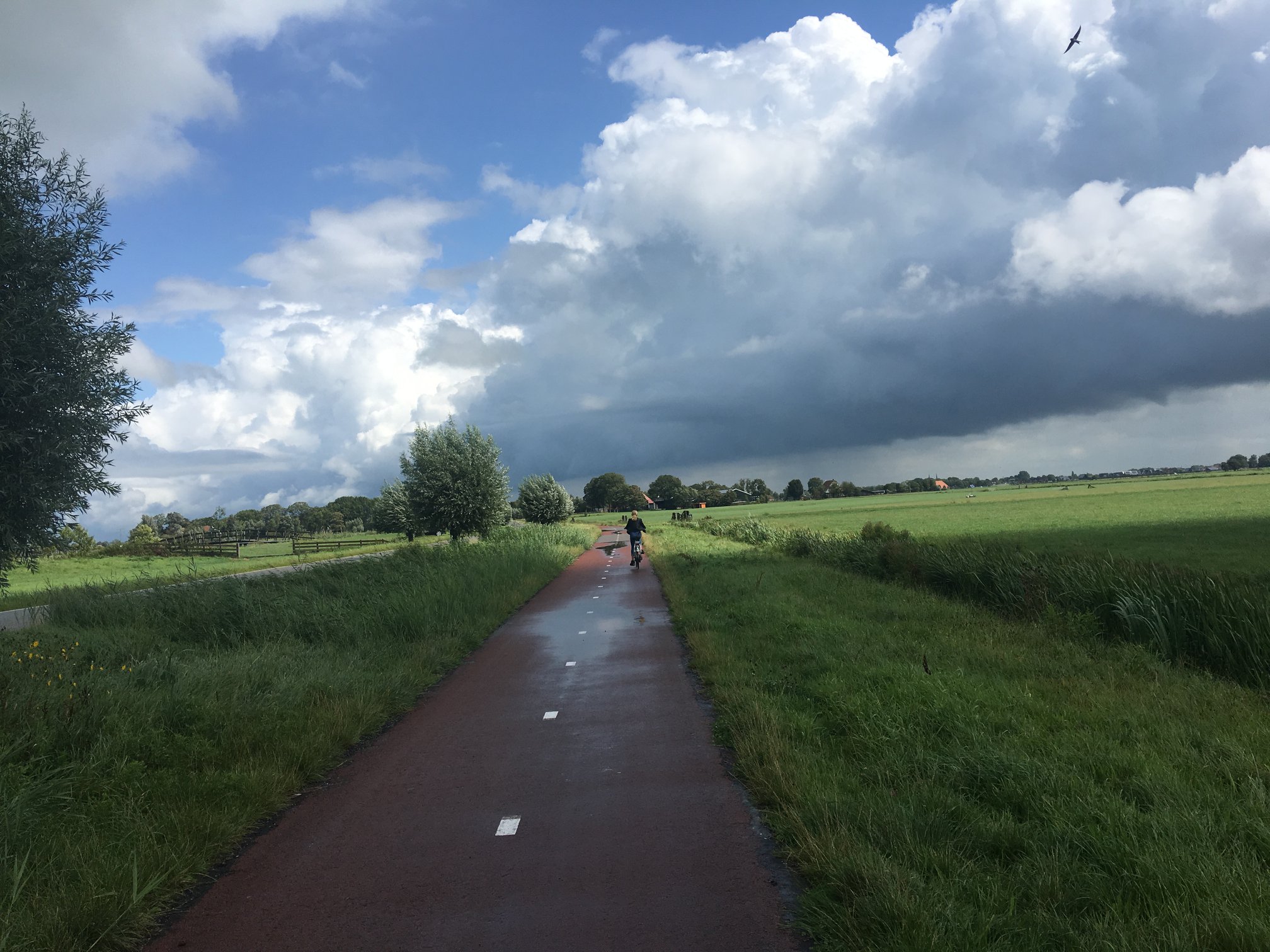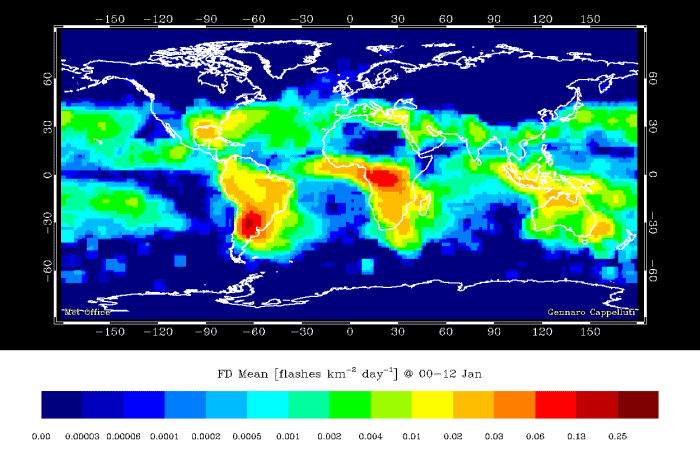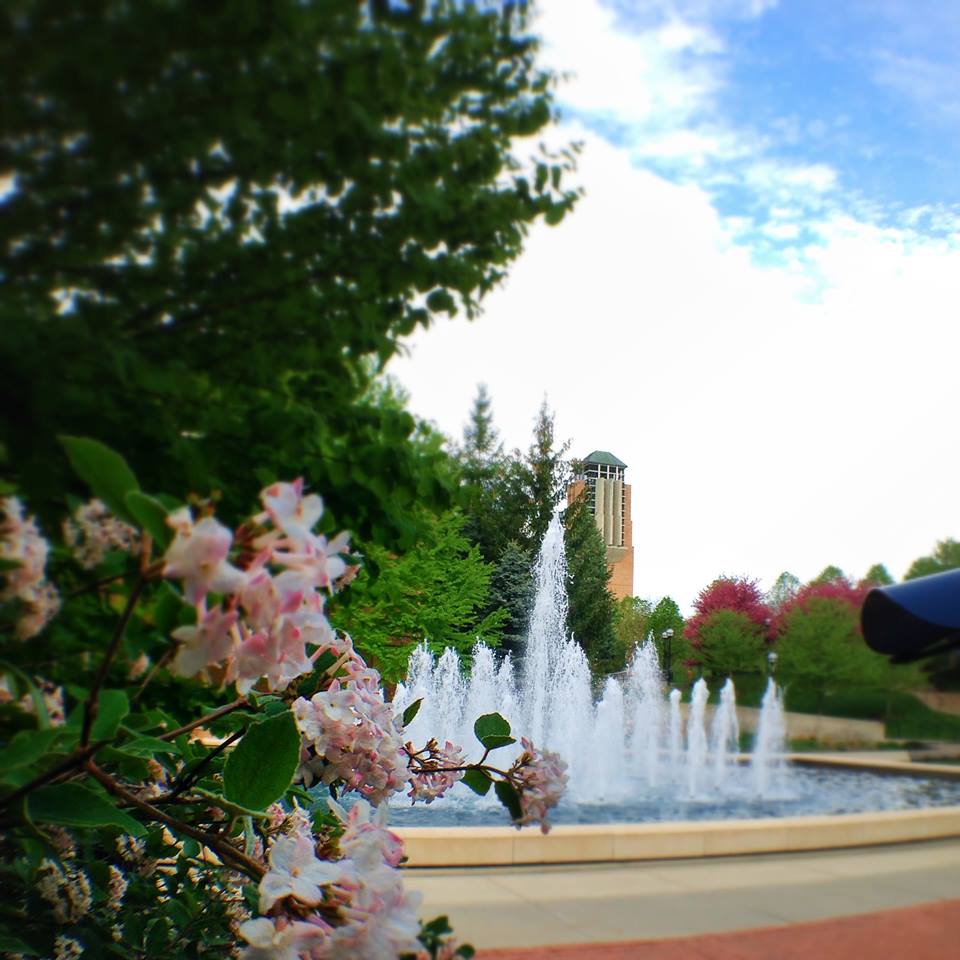Annual Financial Report 2024: CA$ 2.329M (page 22)
University of Guelph | Physical Resources

The term “lively arts” is attributed to American writer and poet James Thurber. It was popularized in the mid-20th century as a way to describe various forms of performing arts, such as theater, dance, music, and other creative expressions.
“What art is, in reality, is this missing link, not the links which exist.
It’s not what you see that is art; art is the gap”
— Marcel Duchamp
Today we refresh our understanding of the literature that guides the safety and sustainability goals of lively art events in educational settlements. Consortia have evolved quickly in recent years, leading and lagging changes in the content creation and delivery domain. With this evolution a professional discipline has emerged that requires training and certification in the electrotechnologies that contribute to “event safety”; among them:
ASHRAE International
Standard 62.1: This standard establishes minimum ventilation rates and indoor air quality requirements for commercial buildings, including theaters and auditoriums.
Standard 55: This standard specifies thermal comfort conditions for occupants in indoor environments, which can have an impact on air quality.
Audio Visual and Experience Association
Entertainment Services and Technology Association
Set design model for Giuseppe Verdi’s Otello, created for a Paris production in 1895@GallicaBnF
print(“Lively Arts”)https://t.co/93JWrmLwPh pic.twitter.com/RRxuzmGT4r— Standards Michigan (@StandardsMich) December 10, 2021
The Johnny Carson School of Theatre & Film commits to the philosophy that students of the lively arts must be provided w/ practical skills for employment in industry &
educational settings.https://t.co/DRe7qWJKgW@NebCarsonSchool
Print(“Lively”) #StandardsNebraska pic.twitter.com/7K8zfXYlZj— Standards Michigan (@StandardsMich) February 4, 2022
International Code Council
International Building Code: Section 303.2 Assembly Group A-1
Illumination Engineering Society
RP-16-17 Lighting for Theatrical Productions: This standard provides guidance on the design and implementation of lighting systems for theatrical productions. It includes information on the use of color, light direction, and light intensity to create different moods and effects.
RP-30-15 Recommended Practice for the Design of Theatres and Auditoriums: This standard provides guidance on the design of theaters and auditoriums, including lighting systems. It covers topics such as seating layout, stage design, and acoustics, as well as lighting design considerations.
DG-24-19 Design Guide for Color and Illumination: This guide provides information on the use of color in lighting design, including color temperature, color rendering, and color mixing. It is relevant to theater lighting design as well as other applications.
Institute of Electrical and Electronic Engineers
Research on Safety Integrity Level Assessment for Stage Machinery of Temporary Performance Site
Necessity of Establishing the Stage Technical Standards for Outdoor Live Performance Theater
Comparison of Technical Systems between Outdoor Live Performance Stage and Indoor Theater Stage
National Center for Spectator Sports Safety and Security
National Fire Protection Association
Life Safety Code
National Electrical Code
Articles 518-540: Arenas, Lecture Halls & Theaters
Society of Motion Picture Technology Engineers
Professional Lighting and Sound Association
Dance and Athletic Floor Product Standards: ASTM F2118, EN 14904, DIN 18032-2
Incumbent standards-setting organizations such as ASHRAE, ASTM, ICC, IEEE, NFPA have also discovered, integrated and promulgated event safety and sustainability concepts into their catalog of best practice titles; many already incorporated by reference into public safety law. We explore relevant research on crowd management and spectator safety.
“Art is anything you can get away with” — Marshall McLuhan
More
International Code Council (N.B. Changes to its Code Development Process)
International Building Code: Entertainment Occupancies
Section 410: Stages, Platforms and Technical Production Areas
National Electrical Code: Articles 518 – 540
Code-Making Panel 15 (NEC-P15): Public Input Report 10/1/2020
Code-Making Panel 15 (NEC-P15): Public Comment Report 11/18/2021
ASHRAE 62.1 Ventilation for Acceptable Indoor Air Quality
Princeton University: Set Design & Construction
Building the Virtual Stage: A System for Enabling Mixed Reality Theatre
University of California: Special Effects Safety and Loss Prevention
Readings:
Coop: A Family, a Farm, and the Pursuit of One Good Egg (Michael Perry)
The Land Remembers (Ben Logan)
State of Wisconsin: Department of Agriculture, Trade and Consumer Protection
Midwesterners: bring salad to the Labor Day BBQ
The salad: pic.twitter.com/WHNTelL51e
— Midwest vs. Everybody (@midwestern_ope) September 1, 2024
The thunderbolt steers all things.
—Heraclitus, c. 500 BC

After the rain. Personal photograph taken by Mike Anthony biking with his niece in Wirdum, The Netherlands
Today at 15:00 UTC we examine the technical literature about rainwater management in schools, colleges and universities — underfoot and on the roof. Lightning protection standards will also be reviewed; given the exposure of outdoor athletic activity and exterior luminaires.
We draw from previous standardization work in titles involving water, roofing systems and flood management — i.e. a cross-cutting view of the relevant standard developer catalogs. Among them:
American Society of Civil Engineers
American Society of Plumbing Engineers
ASHRAE International
ASTM International
Construction Specifications Institute (Division 7 Thermal and Moisture Protection)
Environmental Protection Agency | Clean Water Act Section 402
Federal Emergency Management Agency
FM Global
Water Cycle Equation:
Precipitation = Runoff + Infiltration + Evapotranspiration + ΔStoragehttps://t.co/DdIA3UWUxy
Georgia Southern University Civil Engineering & Constructionhttps://t.co/rVhv4tyuBt@GeorgiaSouthern pic.twitter.com/9yo5NZrJQH— Standards Michigan (@StandardsMich) September 10, 2020
IAPMO Group (Mechanical and Plumbing codes)
Institute of Electrical and Electronic Engineers
Heat Tracing Standards
Notice of New Standard Product IEEE 1692-2023
IEEE Guide for the Protection of Communication Installations from Lightning Effectshttps://t.co/y8ZdmtBDRV pic.twitter.com/JG30sFEJlr
— IEEE Standards Association | IEEE SA (@IEEESA) September 2, 2024
International Code Council
Chapter 15 Roof Assemblies and Rooftop Structures
Why, When, What and Where Lightning Protection is Required
National Fire Protection Association
National Electrical Code: Article 250.16 Lightning Protection Systems
Lightning Protection
Underwriters Laboratories: Lightning Protection
Underground Stormwater Detention Vaults
United States Department of Agriculture: Storm Rainfall Depth and Distribution
Readings: The “30-30” Rule for Outdoor Athletic Events Lightning Hazard
As always, our daily colloquia are open to everyone. Use the login credentials at the upper right of our home page.
Enjoying Princeton, with its replica of Magdalen's Great Tower, and its authentically British-style rain pic.twitter.com/FqaQTIUFqc
— Dinah Rose (@DinahGLRoseKC) September 10, 2023
The “lightning effect” seen in carnival tricks typically relies on a scientific principle known as the Lichtenberg figure or Lichtenberg figure. This phenomenon occurs when a high-voltage electrical discharge passes through an insulating material, such as wood or acrylic, leaving behind branching patterns resembling lightning bolts.
The process involves the creation of a temporary electric field within the material, which polarizes its molecules. As the discharge propagates through the material, it causes localized breakdowns, creating branching paths along the way. These branching patterns are the characteristic Lichtenberg figures.
In the carnival trick, a high-voltage generator is used to create an electrical discharge on a piece of insulating material, such as acrylic. When a person touches the material or a conductive object placed on it, the discharge follows the path of least resistance, leaving behind the branching patterns. This effect is often used for entertainment purposes due to its visually striking appearance, resembling miniature lightning bolts frozen in the material. However, it’s crucial to handle such demonstrations with caution due to the potential hazards associated with high-voltage electricity.
How you know we haven’t had rain for awhile… pic.twitter.com/5zb84HeDUR
— Allison farms (@Allisonfarms) August 5, 2024
2026 Public Input Report | 2026 Public Comment Report
FEMA National Risk Index: Lightning
Benjamin Franklin conducted his famous experiment with lightning on June 10, 1752.
He used a kite and a key to demonstrate that lightning was a form of electricity.
This experiment marked an important milestone in understanding the nature of electricity
and laid the foundation for the development of lightning rods and other lightning protection systems.
Seasonal extreme weather patterns in the United States, resulting in damages to education facilities and delays in outdoor athletic events — track meets; lacrosse games, swimming pool closures and the like — inspire a revisit of the relevant standards for the systems that contribute to safety from injury and physical damage to buildings: NFPA 780 Standard for the Installation of Lightning Protection Systems
To paraphrase the NFPA 780 prospectus:
(Electric generating facilities whose primary purpose is to generate electric power are excluded from this standard with regard to generation, transmission, and distribution of power. Most electrical utilities have standards covering the protection of their facilities and equipment. Installations not directly related to those areas and structures housing such installations can be protected against lightning by the provisions of this standard.)
“Down conductors” must be at least #2 AWG copper (0 AWG aluminum) for Class I materials in structures less than 75-ft in height
“Down conductors: must be at least 00 AWG copper (0000 AWG aluminum) for Class II Materials in structures greater than 75-ft in height.
Related grounding and bonding requirements appears in Chapters 2 and Chapter 3 of NFPA 70 National Electrical Code. This standard does not establish evacuation criteria.
The current edition is dated 2023 and, from the transcripts, you can observe concern about solar power and early emission streamer technologies tracking through the committee decision making. Education communities have significant activity in wide-open spaces; hence our attention to technical specifics.
Public input on the 2026 revision is receivable until 1 June 2023.
We always encourage our colleagues to key in their own ideas into the NFPA public input facility (CLICK HERE). We maintain NFPA 780 on our Power colloquia which collaborates with IEEE four times monthly in European and American time zones. See our CALENDAR for the next online meeting; open to everyone.

Lightning flash density – 12 hourly averages over the year (NASA OTD/LIS) This shows that lightning is much more frequent in summer than in winter, and from noon to midnight compared to midnight to noon.
Issue: [14-105]
Category: Electrical, Telecommunication, Public Safety, Risk Management
Colleagues: Mike Anthony, Jim Harvey, Kane Howard
Didn't really plan for all possibilities, did they. 🤓
NC State's brand-new scoreboard shorts out due to lightning storms https://t.co/KWm78nrRau
— DJ (@DJ87112331) September 10, 2023
The "Top engineering school in the state" just built a $15 million scoreboard without a lightning rod.
Wasn't it just last year that their game got delayed because they couldn't turn the lights on? https://t.co/wWt9gSMYIv
— Steele (@0Gstank) September 9, 2023
More
Installing lightning protection system for your facility in 3 Steps (Surge Protection)
IEEE Education & Healthcare Facility Electrotechnology
Readings: The “30-30” Rule for Outdoor Athletic Events Lightning Hazard
Churches and chapels are more susceptible to lightning damage due to their height and design. Consider:
Height: Taller structures are more likely to be struck by lightning because they are closer to the cloud base where lightning originates.
Location: If a church or chapel is situated in an area with frequent thunderstorms, it will have a higher likelihood of being struck by lightning.
Construction Materials: The materials used in the construction of the building can affect its vulnerability. Metal structures, for instance, can conduct lightning strikes more readily than non-metallic materials.
Proximity to Other Structures: If the church or chapel is located near other taller structures like trees, utility poles, or buildings, it could increase the chances of lightning seeking a path through these objects before reaching the building.
Lightning Protection Systems: Installing lightning rods and other lightning protection systems can help to divert lightning strikes away from the structure, reducing the risk of damage.
Maintenance: Regular maintenance of lightning protection systems is essential to ensure their effectiveness. Neglecting maintenance could result in increased susceptibility to lightning damage.
Historical Significance: Older buildings might lack modern lightning protection systems, making them more vulnerable to lightning strikes.
The risk can be mitigated by proper design, installation of lightning protection systems, and regular maintenance.
From time to time we break from our interest in lowering the cost of our “cities-within-cities” to enjoy the work of our colleagues responsible for seasonal ambience and public art. We have a dedicated post that celebrates the accomplishments of our gardeners and horticultural staff. Today we dedicate a post to campus fountains–a focal point for gathering and a place for personal reflection for which there is no price.
Alas, we find a quickening of standards developing organizations growing their footprint in the spaces around buildings now. They used to confine the scopes of their standardization enterprises to the building envelope. That day will soon be behind us as an energized cadre of water rights social justice workers, public safety, sustainability and energy conservation professionals descend upon campus fountains with prescriptive requirements for evaporation rates, bromine concentrations, training, certification and inspections. In other words regulators and conformity functionaries will outnumber benefactors and fountain designers 1 million to 1.
We will deal with all that when the day comes. For the moment, let’s just enjoy them.
We are happy to walk you through the relevant structural, water safety, plumbing and electrical issues any day at 11 AM EST during our daily standing online teleconferences. Click on any image for author attribution, photo credit or other information.

University of Michigan College of Engineering
University of Alaska System Financial Reports 2024: $1.490B (p. 4)
🔎 We spy some extra special visitors! Students of many ages attend summer camps on UAA’s Anchorage campus. From engineering and anthropology to real estate and journalism, there’s a camp for every interest. View the slideshow ▶️ https://t.co/8tAvPRKKzV. pic.twitter.com/s9fb4IfUDp
— UAA (@uaanchorage) June 18, 2025
🖼️ The newly established UAA Art Collection Stewardship Fund aims to make UAA’s diverse art collection accessible to the public. Learn more and explore the public art gallery ▶️ https://t.co/T2i9CAFLuE! pic.twitter.com/q6Vpzp9AFB
— UAA (@uaanchorage) April 7, 2025
“No citizen has a right to be an amateur in the matter of physical training…
what a disgrace it is for a man to grow old without ever seeing
the beauty and strength of which his body is capable.”
— (Plato, Republic 403d)
Today we slice horizontally through the multitude of technical and policy silos applicable to seasonal recreational and competitive sport activity. We limit our examination to the conformance catalogs of ANSI. ASHRAE. ASTM, AWWA, ICC, IEEE, IES, NFPA, NSF International, and UL.
Relevant changes proposed for the next revision of the International Building Code:
Sprinkler coverage over bleachers or sport spectator seating (p. 665)
Lightning Protection Systems (p. 751)
Spectator live loading on bleachers (p. 1098)
Permitting of outdoor luminaires per zoning codes (p. 2587-2593)
Last year we examined the standards that applies to the 2024 Paris Olympics; worth a second look this year and in anticipation of the 2028 Summer Olympics in Los Angeles
We deal with the catalogs of CSA, DNV GL ISO, IEC, SGS, TIC and TÜV in a separate, international session.
The moment a father consoles daughter after missing out on olympics medal
pic.twitter.com/kSHd4AIH4Z— Science girl (@gunsnrosesgirl3) August 8, 2024
More:
The Top 10 Best Colleges in Greenland for Tech Enthusiasts
”Here at the University of Greenland, you are committed to shaping the Arctic through research and innovation.”
Keynote speech at Ilisimatusarfik, the University of Greenland ⬇️
https://t.co/cI022Wl5Kq— Jutta Urpilainen (@JuttaUrpilainen) September 17, 2024
Ilisimatusarfik
Related:
New update alert! The 2022 update to the Trademark Assignment Dataset is now available online. Find 1.29 million trademark assignments, involving 2.28 million unique trademark properties issued by the USPTO between March 1952 and January 2023: https://t.co/njrDAbSpwB pic.twitter.com/GkAXrHoQ9T
— USPTO (@uspto) July 13, 2023
Standards Michigan Group, LLC
2723 South State Street | Suite 150
Ann Arbor, MI 48104 USA
888-746-3670
